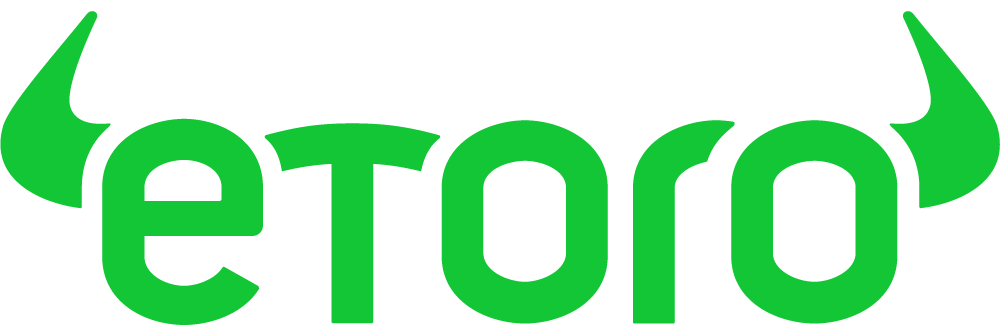Finbold research analysis of Arkham Intel wallet clusters shows BlackRock has been accumulating Ethereum (ETH) at a dramatically faster clip than Bitcoin (BTC) in 2025, reshaping the balance of the asset manager’s on-chain crypto exposure.
On January 1, 2025, Arkham’s “BlackRock” entity showed 552,550 BTC ($51.16 billion at a spot of $92,595) and 1.07 million ETH ($3.59 billion at $3,354). By September 2, 2025, the same cluster reflected 737,350 BTC ($79.86 billion at $108,304) and 3.78 million ETH ($16.58 billion at $4,389).
Over the period, Bitcoin holdings rose +184,800 BTC (+33.44%) while Ether holdings swelled +2.71 million ETH (+252.55%). On a percentage basis, ETH accumulation outpaced BTC by 7.6x, confirming a decisive tilt toward Ethereum by the asset manager.
Thus, in 2025, BlackRock bought Ethereum roughly seven-times faster than Bitcoin, by percentage growth in units held, an elite-scale rotation that strengthens ETH’s institutional adoption narrative.
Ethereum dollar value increase
Dollar changes tell the same story. Year-to-date, Arkham marks BlackRock’s BTC stack up +$28.69 billion and its ETH stack up +$12.99 billion. Prices did rise, Arkham showed BTC up +16.97% and ETH up +30.84% over the measurement window, but the increase in tokens held far exceeds price appreciation, indicating net purchases rather than mark-to-market alone. Put simply: most of the ETH growth is buying, not just beta.
This acceleration has shifted the portfolio mix. At the start of 2025, ETH represented roughly 6.6% of the Arkham-tracked portfolio value ($3.59 billion of $54.83 billion). As of September 2, ETH accounts for about 17.2% ($16.58 billion of $96.44 billion). That +10.6 percentage-point jump in share underscores a strategic reweighting toward Ethereum even as Bitcoin remains the core position.
Why it matters for markets is twofold. First, the scale: a +2.71 million ETH increase is meaningful against circulating supply and adds a large, steady bid into ETH liquidity. Second, the signal: institutional rebalancing toward ETH, alongside the maturation of ETH-linked products and flows supports the thesis that blue-chip allocators are broadening beyond a Bitcoin-only framework.







